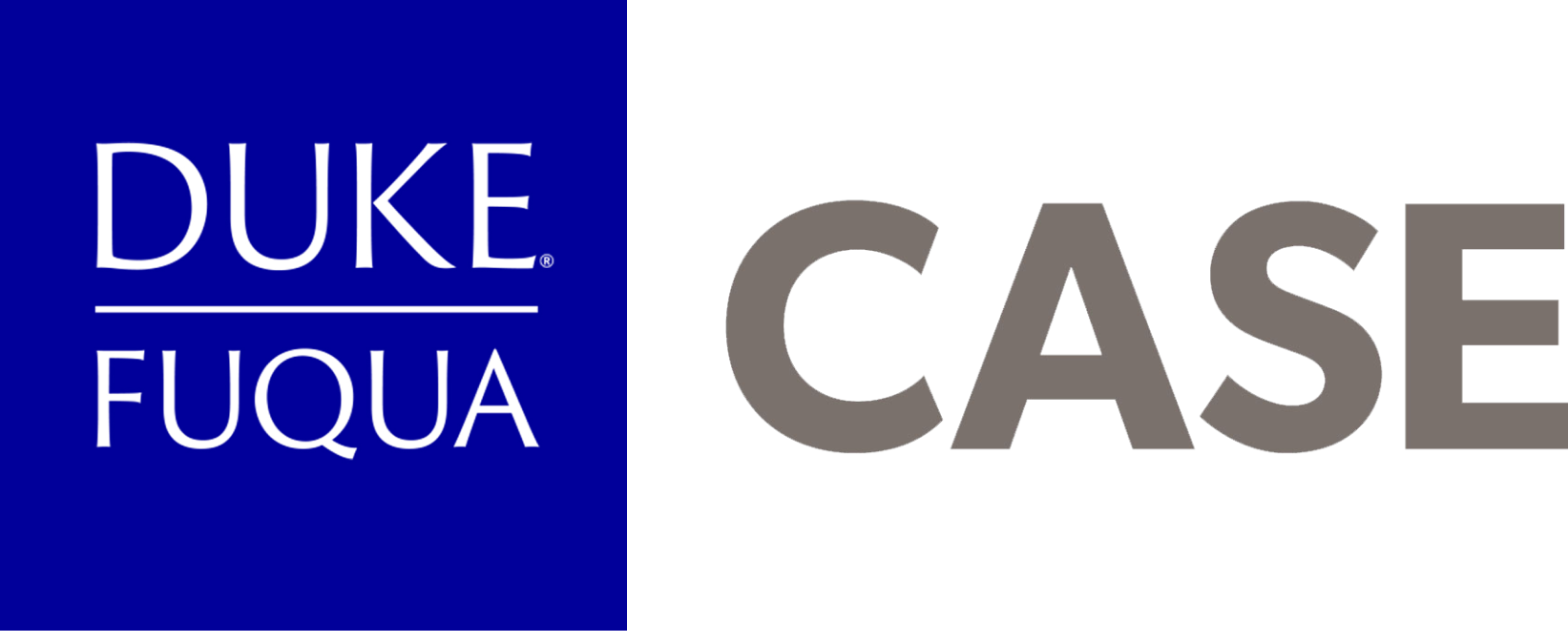Podcast: Play in new window | Download
Subscribe: Apple Podcasts | RSS
We continue our conversation with Elisa Villanueva Beard, CEO of Teach For America (TFA). We ask how, as an organization expands geographically, it can be challenging to find the balance between centralization for brand control and decentralization for local adaption. We know that local context is critical, but we also worry about controlling quality, brand messaging, and more. How can social ventures navigate this tricky balance? Our conversation with Elisa, outlined below, is centered around answering this question.
In the first episode of CASE in point, Elisa shared her own path to TFA and how later TFA hit a bump on the road to scaling their efforts. You can listen to this first episode of CASE in Point here.
In this episode:
The balance of centralization vs decentralization naturally evolves over an organization’s lifecycle.
TFA moved from “scrappy start-up” to scaling through a centralized model and then decentralized to empower local leaders to adapt to their local context. The level of centralization will depend on your organization’s stage and the associated need to test, prove, and codify programs and practices.
When decentralizing, it is not just about tactics.
Elisa cautioned that as TFA decentralized, they made assumptions that the “basics” (north star, values, tenets) were well understood and so went too quickly to focusing on codifying tactics. They soon realized that they needed to be clearer about what defines TFA – the non-negotiables that set norms and behaviors – and make sure that local leaders were engaged in deep conversations about the nuances before they could adapt tactics and programs.
Get clear on the role of the central team.
The central team supports the local teams and conducts functions that are more efficient/cost-effective when run from the center, or that support increased knowledge sharing across regions. For example, TFA’s central team provides infrastructure to spur – and learn from – innovation; common functions such as finance, technology, recruitment and admissions; and brand management to ensure TFA is communicating as one organization.
Commitment to continuous learning and testing.
TFA has a commitment to continuous learning and shares the responsibility with both local leaders and central staff. Allowing for adaptation at the local level is important, it is here where local leaders can innovate, test, and iterate. The central staff then provide the connective tissue that is needed to drive towards common metrics, coalesce data, and help to share learnings across regions for all to benefit from and build on the learning happening in the field.
And there is much more in the conversation with Elisa. If you enjoy CASE in Point and find our content helpful, please leave a review so we can spread the word!
Credits
Show host: Erin Worsham
Producer: Josh Dixon
Audio Editor: Jason Van Sant

